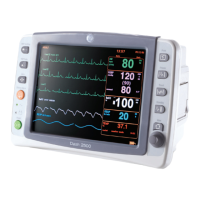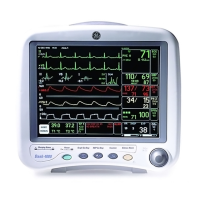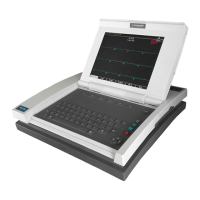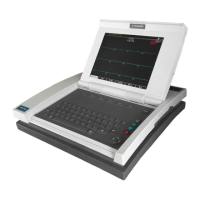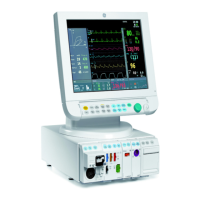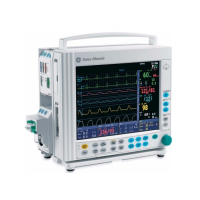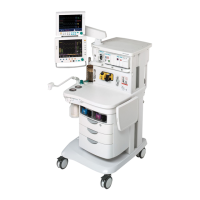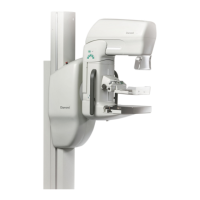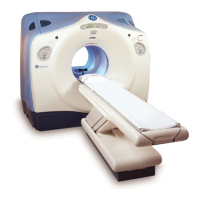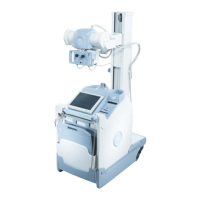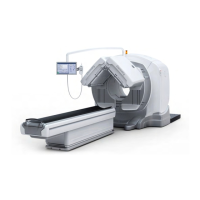

Do you have a question about the GE Dash 5000 and is the answer not in the manual?
| Brand | GE |
|---|---|
| Model | Dash 5000 |
| Category | Medical Equipment |
| Language | English |
Details the document's structure, purpose, and audience for service personnel.
Covers manufacturer responsibility, general safety, and hazard definitions (DANGER, WARNING, CAUTION).
Outlines service requirements, equipment identification, and general service guidelines.
Describes hardware components, block diagrams, and subsystem functions of the patient monitor.
Details available software packages, options, and Ethernet communication protocols.
Covers initial setup steps, connections, checkout procedures, and configuration menus.
Explains access to service menus, boot code settings, and advanced user procedures.
Defines routine maintenance tasks, frequencies, and safety checks for the monitor.
Provides procedures for cleaning equipment, cables, and managing battery health.
Addresses common problems, error codes, and diagnostic approaches for malfunctions.
Details methods for obtaining error logs and troubleshooting wireless network connectivity.
Lists parts for replacement, their part numbers, and ordering information.
Covers disassembly guidelines, replacement procedures, and post-replacement checks.
Details procedures and criteria for performing electrical safety tests.
Provides guidance on EMC emissions, immunity, and compliant accessories.
Details network interface specs, information flows, and potential risks from network failure.
